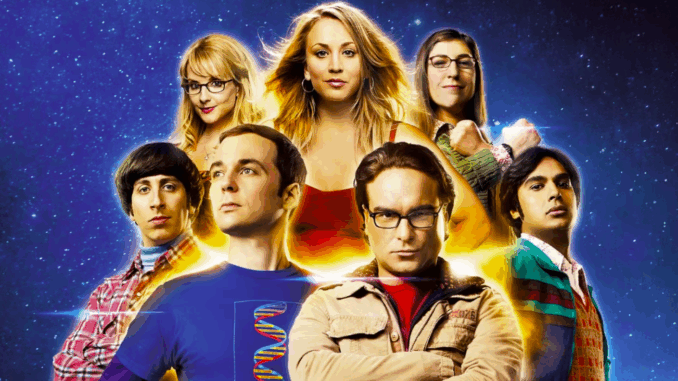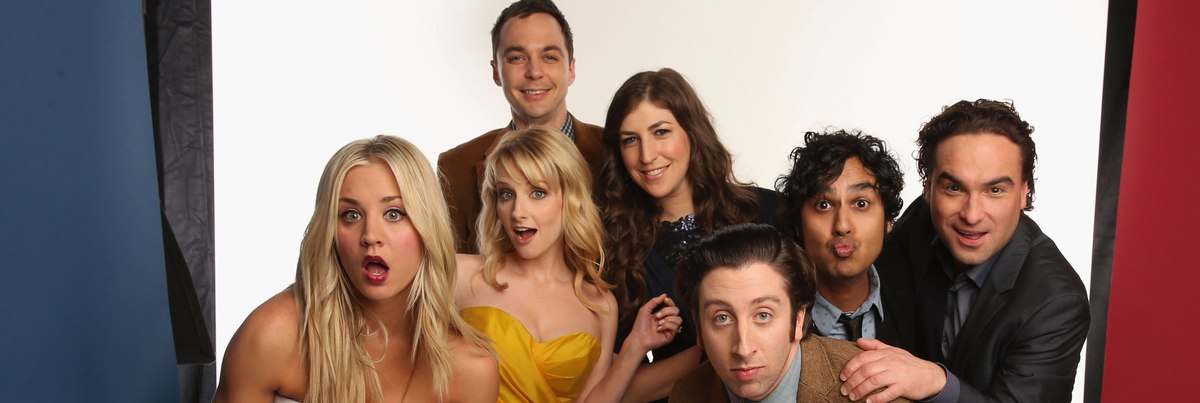
Sitcoms aren’t known for change. But across 12 seasons, The Big Bang Theory defied that rule—transforming its quirky cast from caricatures into complex, evolving human beings.
At first glance, The Big Bang Theory looked like a classic sitcom: predictable jokes, recurring gags, and characters who never seemed to learn. But look closer—especially across its 279-episode run—and a different story emerges.
By the final season, Sheldon Cooper had won a Nobel Prize. Howard had become a husband, father, and former astronaut. Penny found power in her personal choices, not just her relationships. And Raj? He learned the hardest lesson of all: how to love himself.
For all its science talk, The Big Bang Theory was quietly running a different kind of experiment—one about emotional evolution.
Sheldon Cooper: From Robotic to Relatable
When Jim Parsons debuted as Sheldon, the character was nearly alien: brilliant, rigid, and hilariously unaware of human nuance. Viewers loved him, but few expected genuine growth.
Yet over the years, Sheldon transformed.
Credit goes to the writers and to Parsons, who layered subtle shifts: a softening of his tone, a widening of his emotional range, a slow (and often hilarious) willingness to compromise.
His relationship with Amy Farrah Fowler marked the show’s most carefully constructed emotional arc. From awkward dates to heartfelt proposals, Sheldon’s growth wasn’t rushed—it was earned.
By the finale, his tearful Nobel acceptance speech—thanking his friends for shaping him—wasn’t just character development. It was payoff.
Penny: Redefining Success
Penny (Kaley Cuoco) started out as the archetype: the pretty neighbor who didn’t understand science but had heart.
But what made Penny remarkable was how The Big Bang Theory never boxed her in. She didn’t magically become a scientist. She didn’t need to. Her intelligence was emotional, observational, instinctive.
She tried acting. She failed. She pivoted. She found her voice in pharmaceutical sales—and became the show’s most pragmatic character. Her decisions, including the controversial choice not to have children, reflected a real, modern woman—not a sitcom trope.
Penny wasn’t about the punchline. She was about growing up, without giving in.
Leonard Hofstadter: Breaking the Cycle
Leonard (Johnny Galecki) always longed to be “normal.” Raised by cold academics, he sought approval through romantic relationships and career milestones.
But over time, Leonard’s arc shifted. He stopped trying to be what others wanted—and began embracing who he was.
His marriage to Penny wasn’t perfect. He made mistakes. He clung to insecurities. But his greatest achievement wasn’t winning her—it was learning he didn’t need validation to be happy.
Leonard’s quiet arc—less flashy than Sheldon’s, less comedic than Howard’s—was one of The Big Bang Theory’s most relatable.
Howard Wolowitz: From Creep to Caretaker

If any character underwent a radical transformation, it was Howard.
In early seasons, he was borderline unbearable—leering, immature, constantly hitting on women. But slowly, the writers peeled back the layers.
His relationship with Bernadette forced growth. His space mission added depth. His father issues added complexity.
By the end, Howard wasn’t just comic relief. He was a caring husband, a loving father, and a loyal friend—proof that even the most resistant character could evolve.
And he still had that belt buckle collection.
Raj Koothrappali: The Bittersweet Journey
Raj (Kunal Nayyar) had one of the most unconventional arcs. Unlike others, he didn’t get the traditional happy ending—and that’s what made it powerful.
He overcame selective mutism. He fell in love (several times). He learned how to be vulnerable. But in the finale, Raj was still single.
Some fans were disappointed. But the writers made a bold choice: Raj’s journey wasn’t about marriage—it was about self-worth.
He was still hopeful. Still romantic. But no longer defined by desperation. In a show that often bowed to tradition, Raj stood as a reminder that not all growth ends with a ring.
A Rare Sitcom Blueprint
Most sitcoms fear change. Characters reset every week. Lessons vanish between episodes. Growth is sacrificed for familiarity.
But The Big Bang Theory pushed back.
It let its characters mature in real time. It showed marriages with real tension. Friendships with real fractures. Careers that failed and restarted.
It still brought laughs. But it never let comedy erase consequence.
In doing so, it set a new standard—not just for nerd comedies, but for network TV as a whole.
